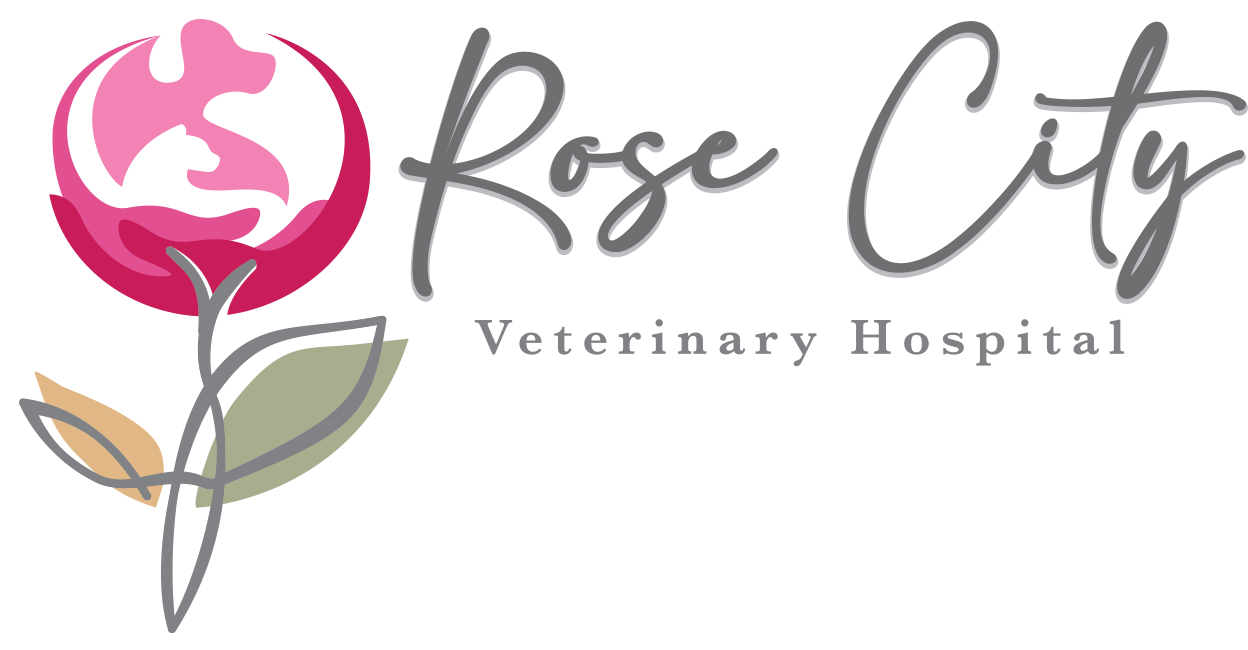Library
-
Dogs are omnivores meaning that, under normal circumstances, dogs can meet their nutritional needs by eating a combination of plant and animal foods. Selecting a dog food can be a challenging task. Feeding your dog a proper diet for their life stage is one of the most important aspects to help keep them at optimal health. Your veterinary health care team can help you make good-quality diet choices and determine the correct number of calories your dog needs in a day.
-
The optimal diet varies from species to species, and contains an ideal ratio of the major essential nutrients of proteins, fats and carbohydrates, as well as adequate levels of trace nutrients such as vitamins and minerals. While a recipe for a home-cooked diet may appear to come from a knowledgeable source, ideas about what constitutes the ideal diet for dogs and cats is currently evolving. Your veterinarian can help ensure that your pet's diet is appropriate and healthy.
-
By-products are ingredients commonly found in commercial pet foods and are considered highly desirable by many human cultures. However, there is ambiguity surrounding this term and misperceptions related to overall nutritional value. This article reviews the formal definition of by-products in the pet food industry and highlights the nutritional and environmental benefits they provide.
-
Corn and grain have been included in commercial pet foods for many years. Recently, however, these ingredients have been portrayed in the media as "fillers" that provide little nutritional value to pet foods. Conversely, corn and grain provide a wide range of essential nutrients that support the health of both dogs and cats. This article explores this topic with reference to specific nutritional benefits.
-
Because of differences in large and giant dogs' energy and nutrient needs, some pet foods are specifically formulated for these requirements. Adequate diet and feeding management are important for adequate growth and preventing orthopedic problems and gastric dilatation-volvulus (GDV) or bloat. Specific recommendations are included for selecting an appropriate diet for a large or giant breed dog. Feeding management recommendations are also included.
-
Because of differences in toy and small dogs' energy needs and size, it is essential to use pet foods specifically formulated for their requirements. Adequate diet and feeding management are important for proper growth and preventing excessive weight gain. Specific recommendations are included to select an appropriate diet. Feeding management recommendations for puppies and adult dogs are also included.
-
It is important to understand the unique nutritional needs of performance dogs. Their success depends upon a combination of genetics, training, and nutrition. It is important to match the nutrient profile to the individual dog and the activity. Your veterinarian can assist you in making optimal nutritional choices for your canine athlete.
-
Bladder stones can be a significant problem for dogs. Bladder stones set the stage for chronic urinary tract infection, and some bladder stones (struvites) grow more quickly if the dog already has a urinary tract infection. Diet selection can play a role, and it is important to follow your veterinarian’s recommendations to prevent recurrence.
-
Obesity is a major problem in older birds on seed-based diets and can contribute to diseases such as arteriosclerosis, atherosclerosis (fat deposits in major arteries), and fatty liver disease (hepatic lipidosis). Unlike their wild counterparts, pet birds are not given as much opportunity for daily exercise. Pet birds often burn off very few calories in their daily lives. Switching a bird from an all-seed diet to a more suitable diet consisting mainly of pellets, with smaller amounts of fresh vegetables and fruit, will decrease its overall daily intake of calories.
-
In North America, obesity is the most common preventable disease in cats. Just over 60% of domestic cats are overweight. Scientific evidence now shows that fat tissue is not benign; it actively secretes inflammatory hormones and creates oxidative stress, both of which contribute to increased risks for several diseases, as well as a decreased quality of life. Treating obesity as a chronic, inflammatory condition means regular veterinary assessments and strict attention to portion control.



